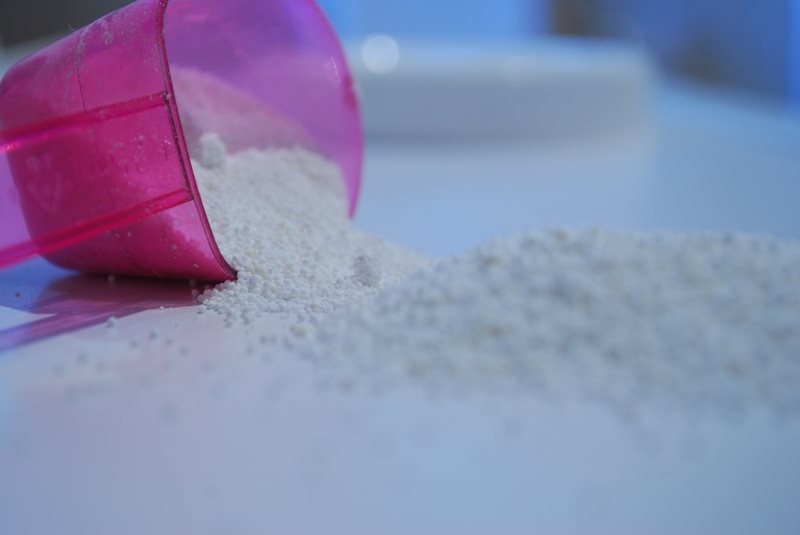
Which pneumatic conveying system is suitable for your product?
Types of pneumatic conveying.
The selection of a pneumatic conveying system for a particular application involves consideration of numerous parameters associated with the conveyed material and the conveying conditions.
When considering which system to use, we need to take into account the material to be conveyed at a specified flow rate over a given distance. Other factors that can be used in the decision-making process are power consumption, and hence system operating costs.
Dense phase or dilute phase?
Materials can either be conveyed in batches through a pipeline, or they can be conveyed on a continuous basis, even 24 hours a day if necessary. In batch conveying, the material may be handled as a single plug if the lot size is relatively small.
If the batch size is large, two possible ways of conveying are possible.
If the material remains in suspension in the air through the pipeline, it is referred to as dilute phase conveying. If the material is conveyed at low velocity in a non-suspension mode, we refer to as dense phase conveying.
Dilute and dense phase systems are the two most common technologies. They differ from the concentration of the products inside of the pipeline.
In dilute phase the particles are held in suspension in the air as they are blown or sucked through the pipeline. A relatively high velocity is required and so power requirements can also be high. There is virtually no limit to the range of materials that can be conveyed but some considerations must be done about friable and abrasive materials. In fact the contact between the product and the pipeline, and particularly the bends, could degrade the particles.
In dense phase pneumatic conveying the air pushes a considerable quantity of product inside the pipe, generating an actual plug.
The possibility to control the pressure of the fluid acting on the plug allows to give the minimum power necessary to move it.
Conveying velocity
In dilute phase conveying the air velocity in the pipeline is very high, usually in the range of 16-20 m/s at the start and final speeds not exceeding 30 m/s on the outlet.
For dense phase conveying, air velocitiy can be reduced to 3 m/s. Low speed allows to reduce the breakage of delicate products and the wear of the pipes when they are crossed by abrasive products.
Do you want to know more about pneumatic conveying technologies?
Download our pneumatic conveying guide for free.
Did you know that pneumatic conveying systems can also be classified according to the construction characteristics?
Discover more about negative and positive pressure technologies.


